Video calls have become a default mode of communication across work, education, and personal life. But while the technology has advanced rapidly, the user experience hasn’t always kept up. From clunky interfaces and unclear controls to privacy concerns and the lack of physical presence, the tools we rely on every day still fall short in key ways. In response, designers and engineers are reimagining how we show up on screen—rethinking not just how we see and hear each other, but how we interact with the technology itself – in order to make virtual connection more intuitive, private, and emotionally rich.
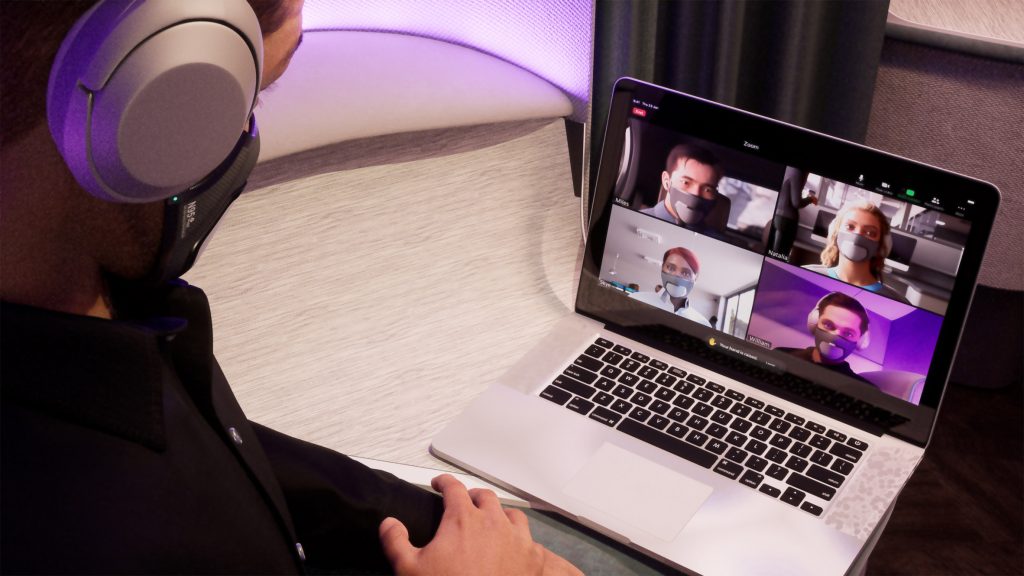

Google Boomer by Silvia Caracristi
While video calling has become routine, the basic act of turning on a mic or camera remains a challenge for many users—especially those less familiar with constantly evolving digital interfaces. Designed by Silvia Caracristi, the Google Boomer is a physical control panel that reduces the complexity of video conferencing to four tactile sliders. It’s a straightforward solution to a persistent problem: giving users immediate, intuitive control over video, audio, screen-sharing, and system volume without navigating layers of on-screen menus.
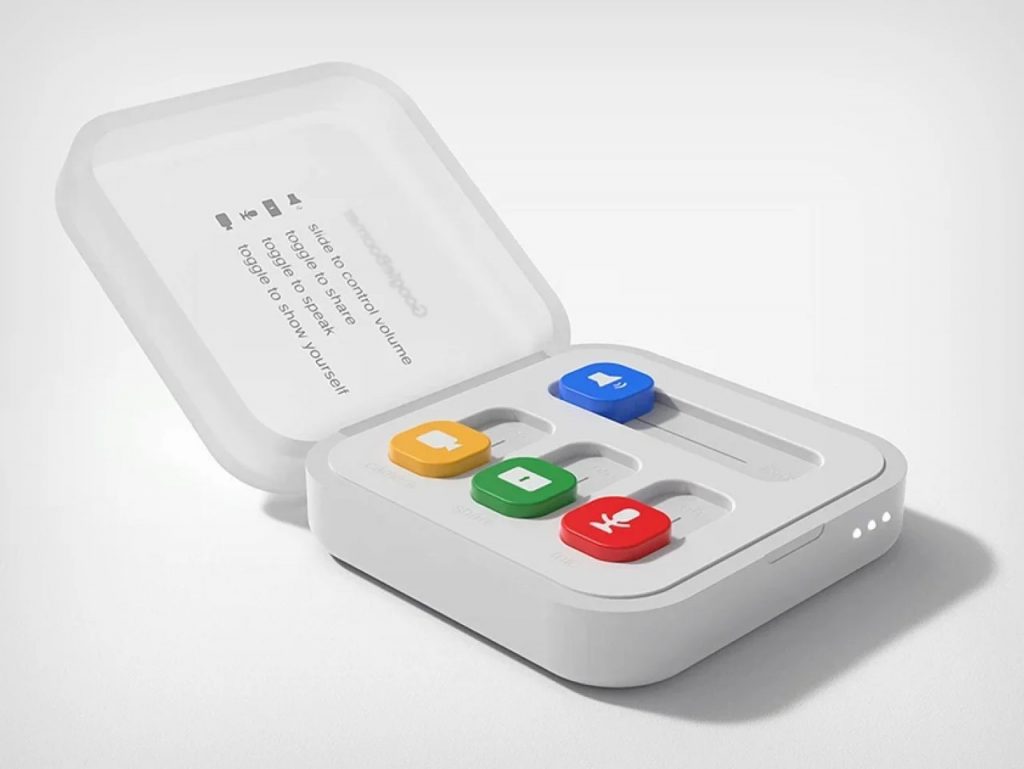
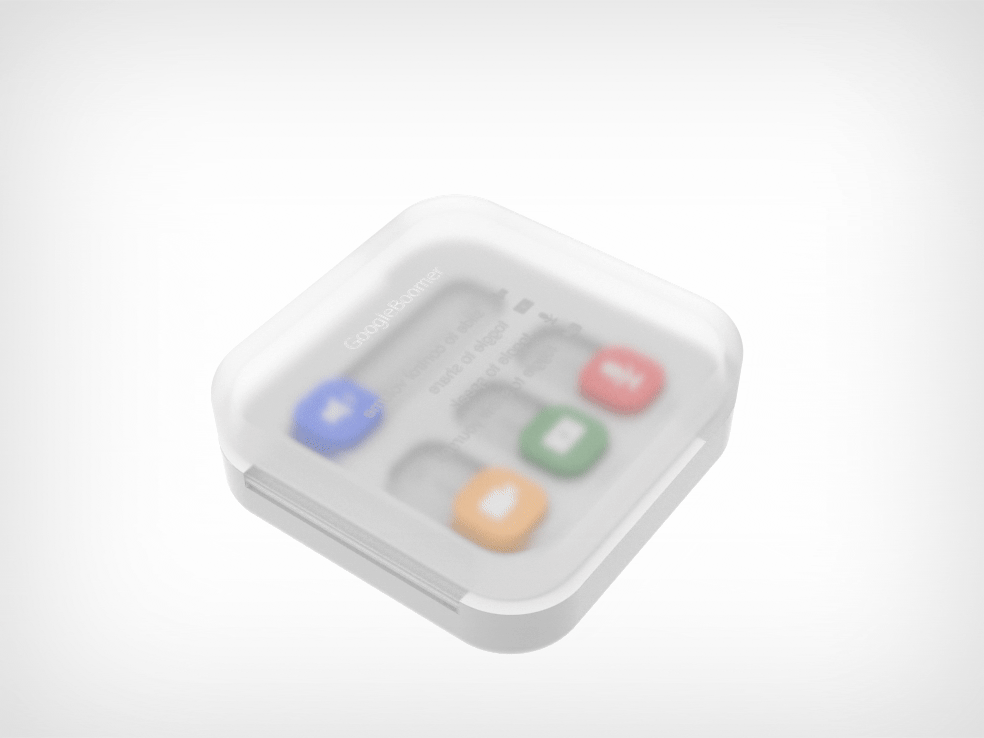
Google Boomer by Silvia Caracristi
The device works like a macro-pad. Each slider functions as a simple on/off toggle, providing visual and physical feedback on the current state of each tool. If the microphone is off, the user can see and feel that it’s off—no guessing required. The design avoids the abstraction of software interfaces and offers a user experience grounded in muscle memory and real-world familiarity.

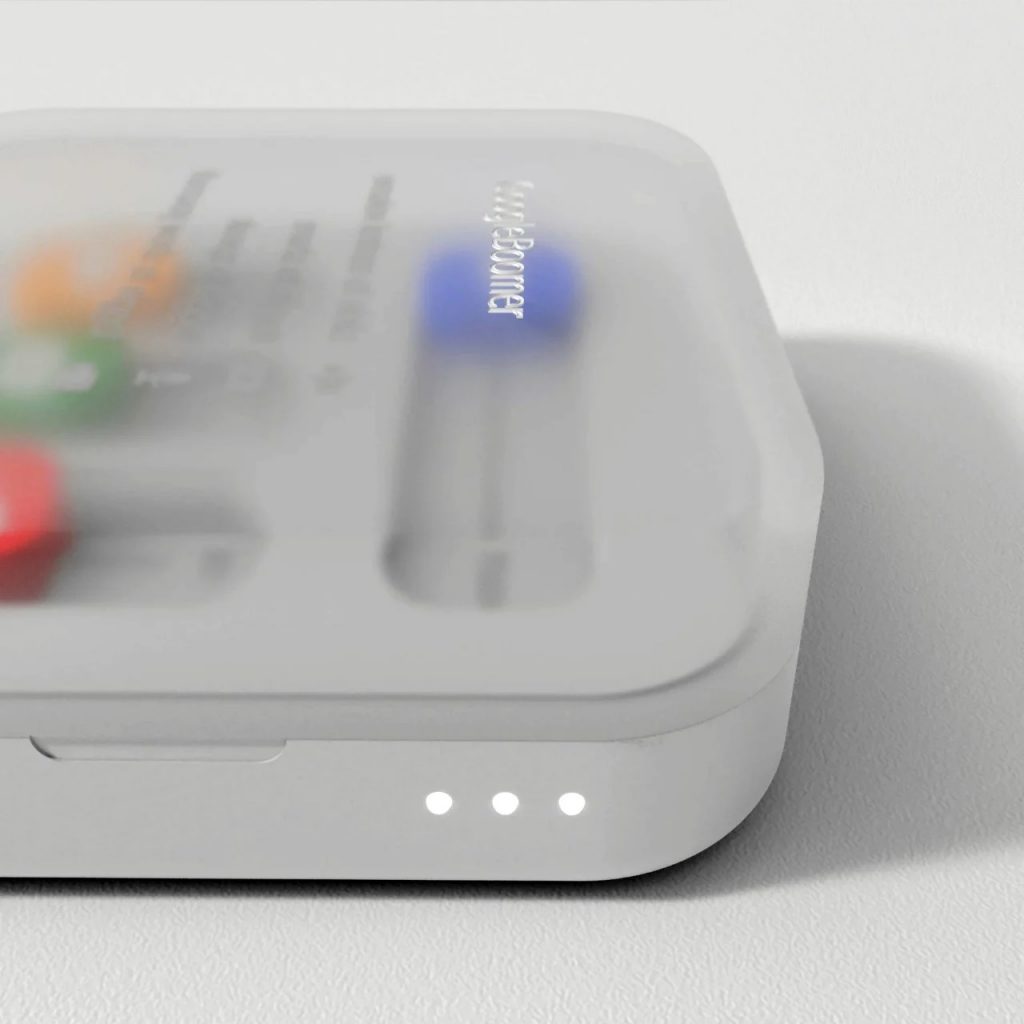
Google Boomer by Silvia Caracristi
To reinforce usability, the device includes a lid with printed instructions—turning it into a self-explanatory manual. And with its four-button layout echoing Google’s iconic color palette, the Boomer feels at once playful and branded, despite being a conceptual prototype. More importantly, it proposes a user-centered approach to design, especially for those who’ve found digital communication tools confusing or alienating.
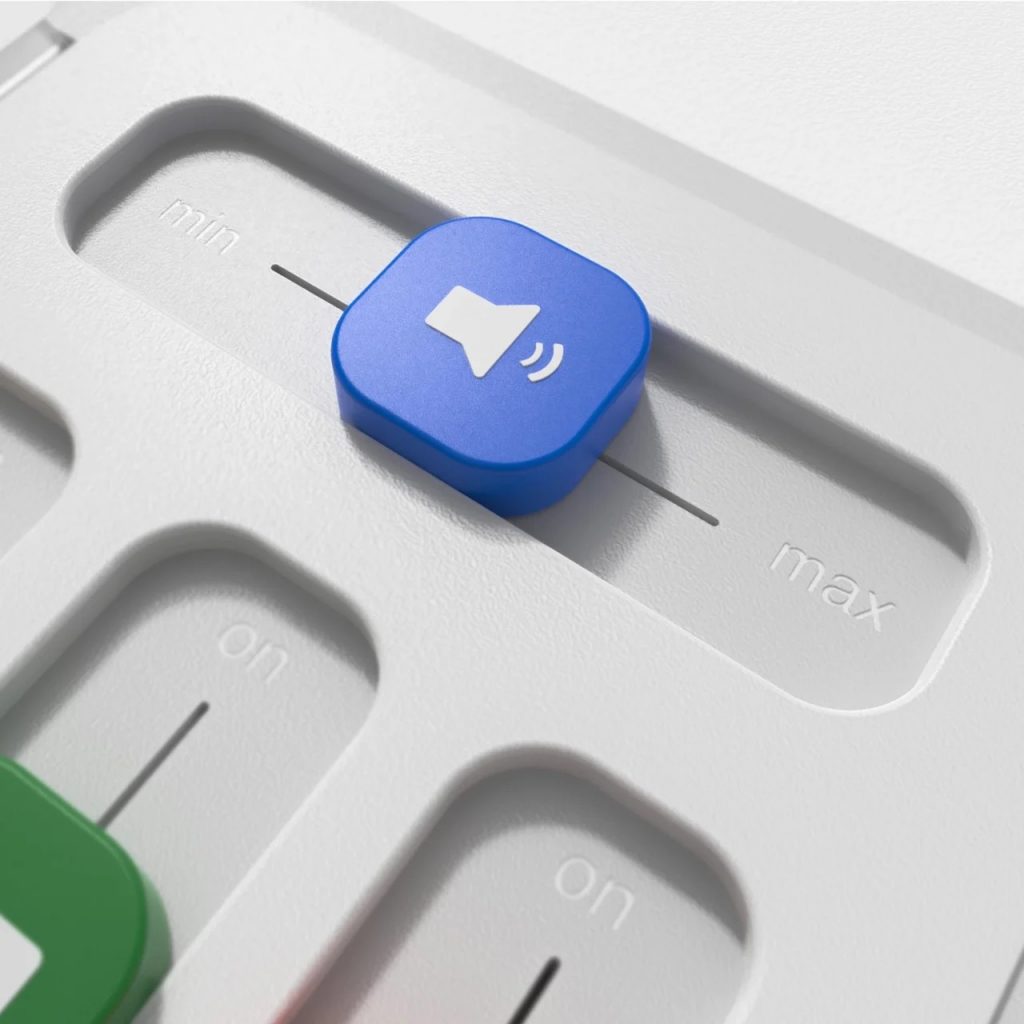
Google Boomer by Silvia Caracristi
As remote collaboration becomes a long-term norm, tools like the Google Boomer highlight the value of simplicity. Rather than adding features, this device removes friction—making sure users stay focused on the conversation, not the controls.

Voice-absorbing face mask by PriestmanGoode and startup Skyted (also header image)
While devices like Google Boomer help users stay in control, another challenge remains: maintaining privacy in public or shared environments. Addressing this, design studio PriestmanGoode has collaborated with startup Skyted on a wearable mask that absorbs the user’s voice—allowing them to make calls or attend video meetings without disturbing others or being overheard.
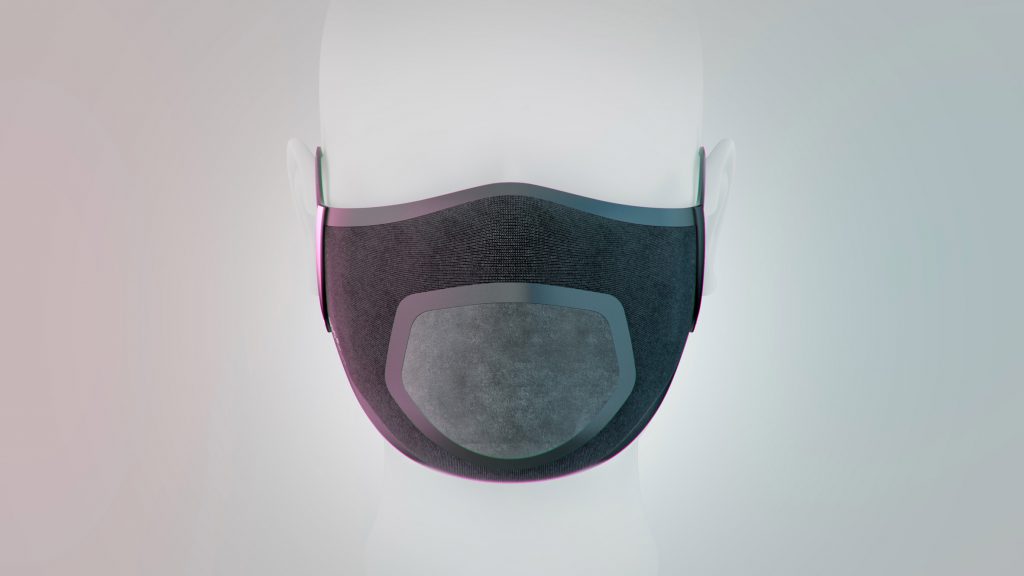
Voice-absorbing face mask by PriestmanGoode and startup Skyted
Unveiled at CES 2023, the prototype mask incorporates a mesh liner made from materials used in jet engines to reduce voice output by up to 40 decibels. The internal microphone captures audio via bone-conduction technology and transmits it clearly to the call recipient, while external noise is filtered out. Designed for use with phones, Bluetooth earphones, and conferencing apps, the device fits seamlessly into remote work and gaming scenarios alike.
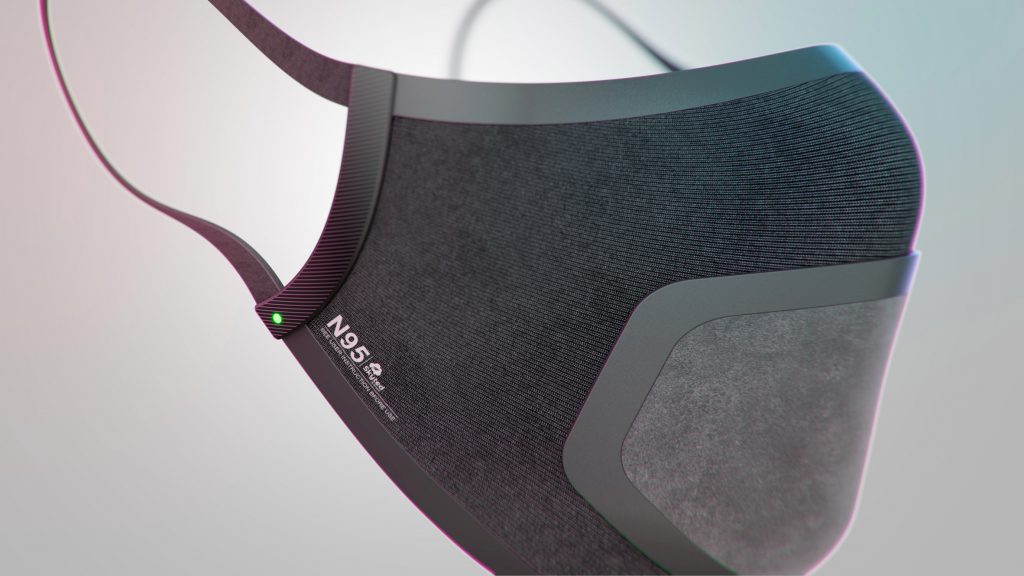
Voice-absorbing face mask by PriestmanGoode and startup Skyted
Unlike traditional noise-canceling headsets, this mask inverts the concept: it cancels your sound for the environment, while preserving it for the listener. It’s a direct response to new patterns of hybrid work and the increasing need to take professional calls in non-private spaces like cafés, airports, or shared homes.

Voice-absorbing face mask by PriestmanGoode and startup Skyted
PriestmanGoode, known for transport and mobility design, sees the mask as part of a larger shift. With the rollout of 5G connectivity on flights, for instance, devices like this could make in-flight calling both feasible and discreet. It also supports sustainability goals by enabling high-quality remote interaction that may reduce the need for in-person travel.
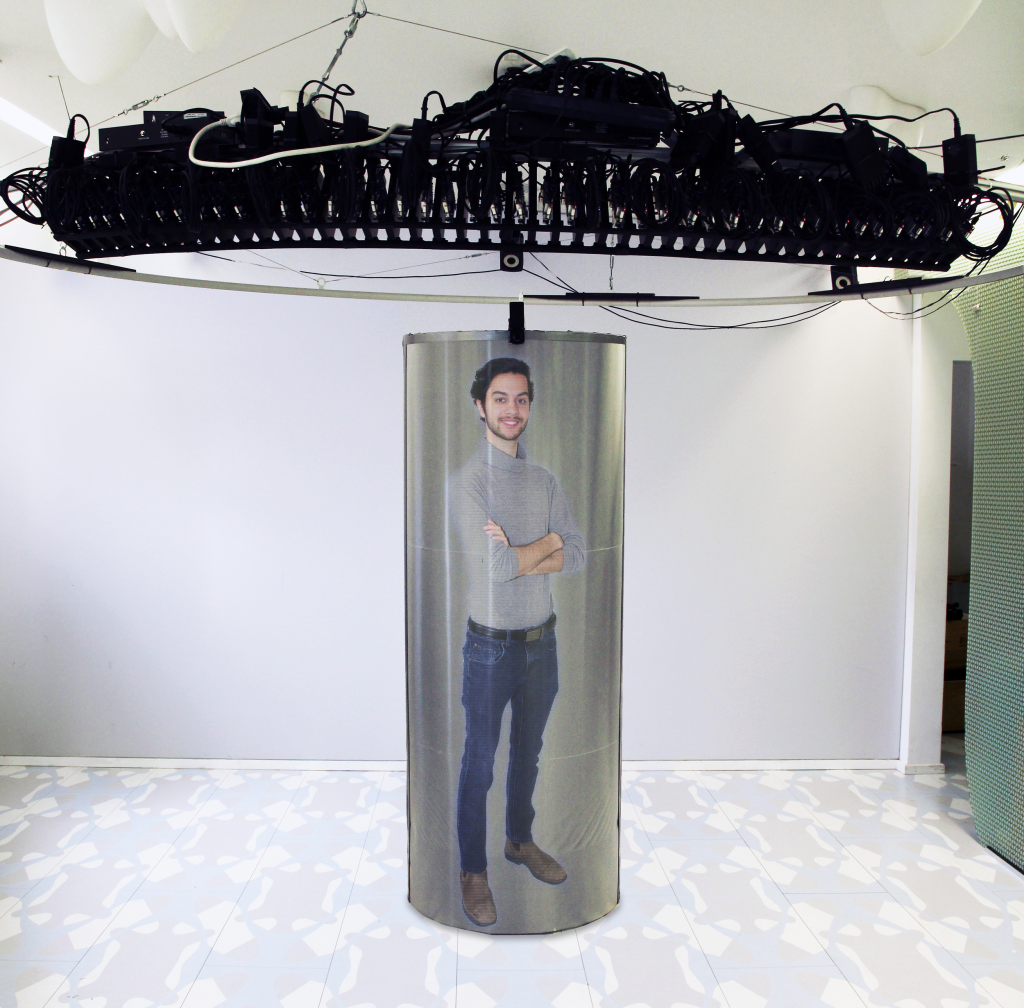
TeleHuman 2 by the Human Media Lab
TeleHuman 2 tackles a more complex problem: how to replicate the richness of face-to-face interaction in a virtual space. Developed by Dr. Roel Vertegaal and the Human Media Lab at Queen’s University, TeleHuman 2 is a cylindrical light-field display that creates life-sized, real-time 3D holograms of people—visible from all angles, without the need for headsets or glasses.
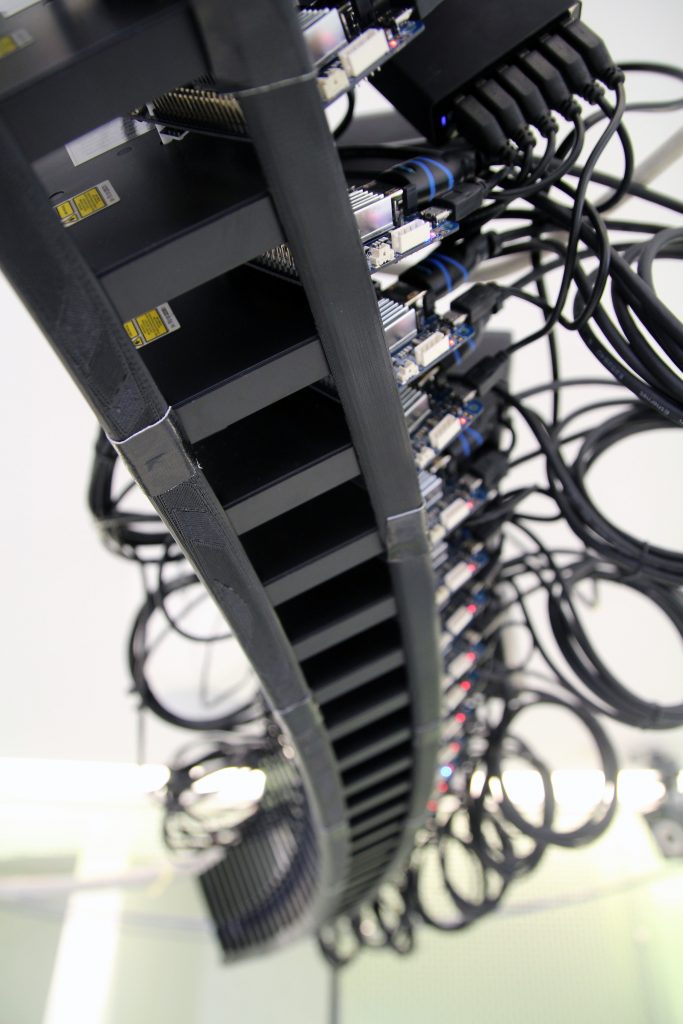
TeleHuman 2 by the Human Media Lab
Using a ring of projectors and an array of depth cameras, the system transmits a human subject from one location to another, simulating physical presence in a way that flat video simply cannot. Unlike traditional video conferencing, where facial expressions and gestures are often flattened or lost, TeleHuman 2 preserves spatial nuance—allowing participants to make eye contact, interpret body language, and maintain a more natural flow of conversation.
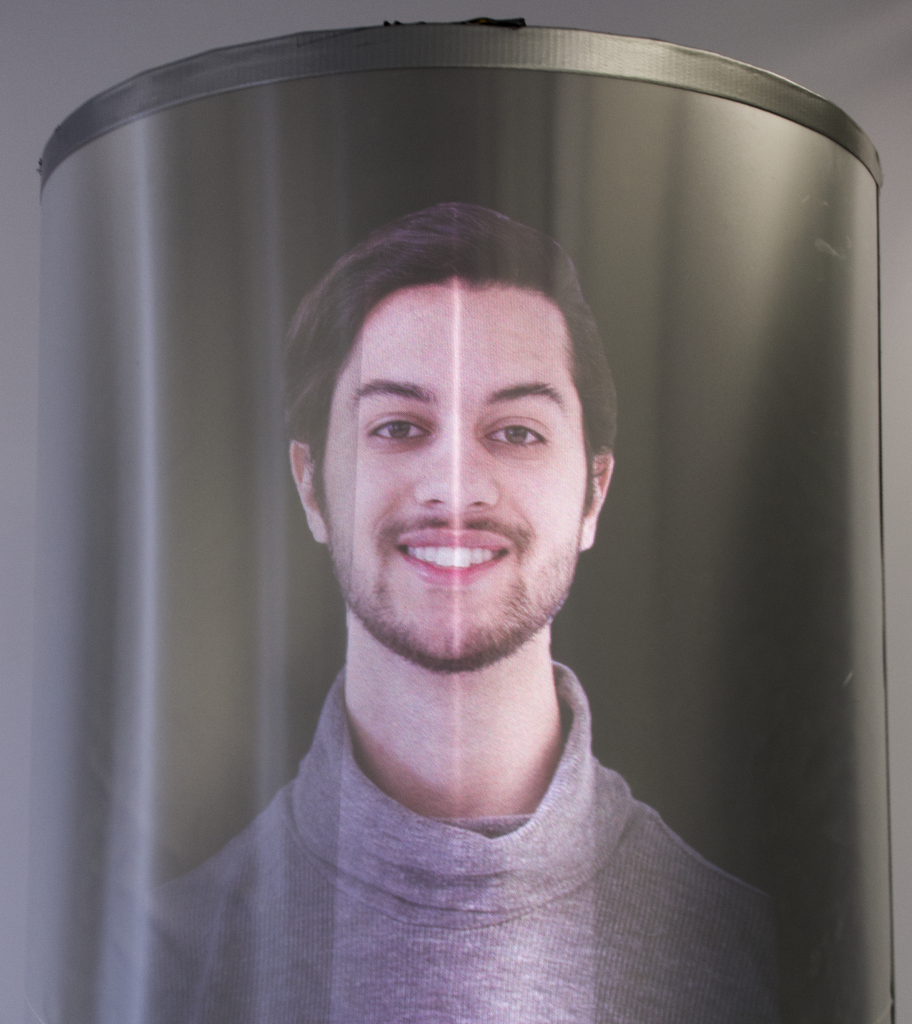
TeleHuman 2 by the Human Media Lab
In performance tests, participants were able to perceive angles and gestures in the hologram as accurately as they would with a real person. This fidelity has implications not only for meetings but also for education, events, and live performance. The technology also has a sustainability dimension: by creating a more convincing sense of co-presence, it could reduce the environmental impact of business travel.
First prototyped in 2012, the latest version removes the need for specialized viewing equipment, enabling multiple users to interact with the display at once. While still in development, TeleHuman 2 points toward a future where distance is less of a barrier—not just in function, but in feeling.